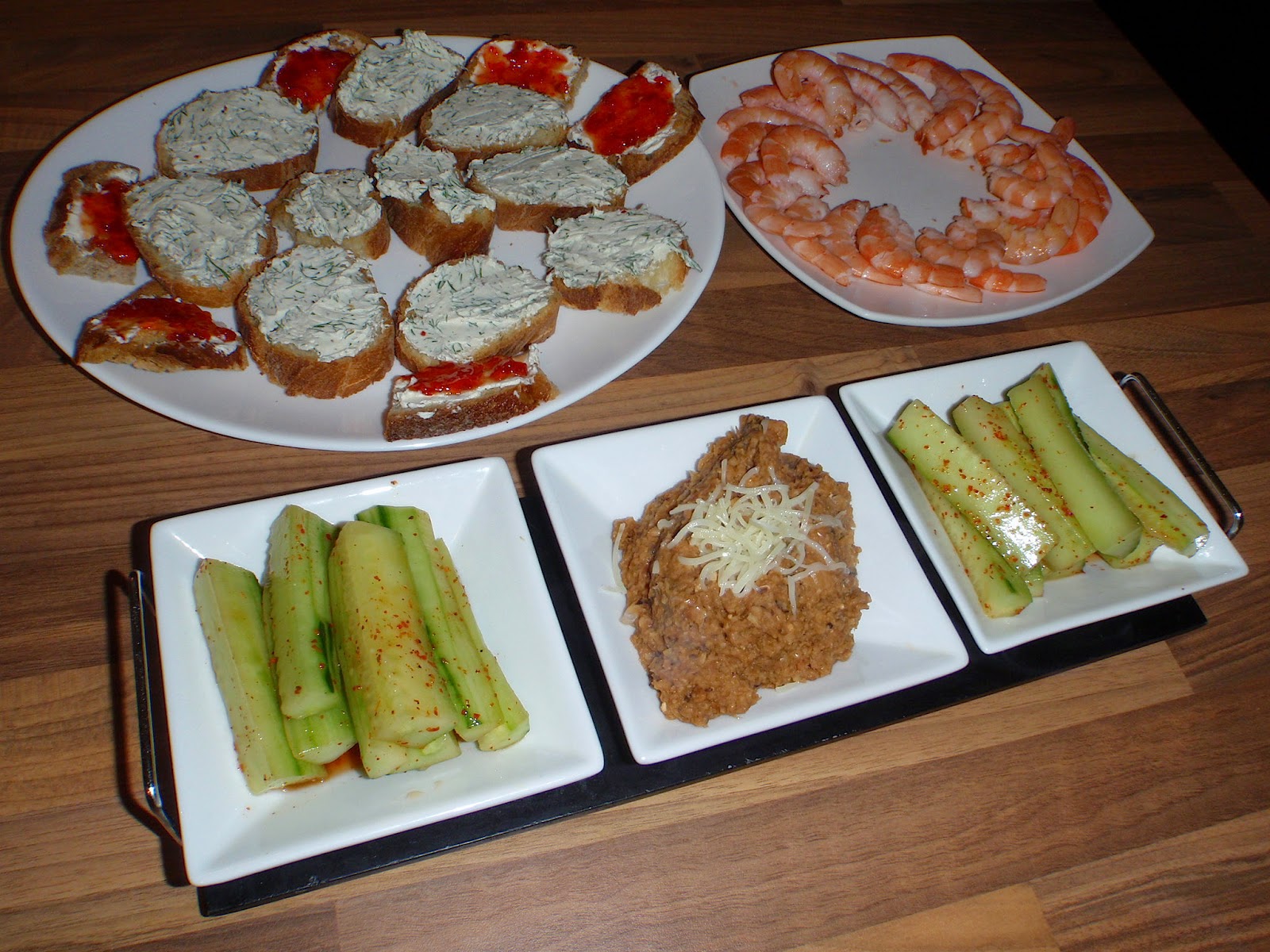As I was piecing this meal together, I had no idea which direction I would be taking. I started chopping the vegetables I wanted.. then added an apple. Apples mesh well with many savory dishes. I'm only now discovering that.
Then I had to figure ou the rest. For some unknown reason, I had started cooking some chana dal on the stove top. I can not explain it.. I didn't even realize it until they were almost cooked. It's as if I had a cooking absence. Maybe the voice in my head had a different idea for dinner than the one at the tips of my fingers. Either way, I do not waste. I integrated it. Aaah I shall make it into a warm salad. And this marvelous salad topping was born. I may have used it as a topping because it wasn't enough for a full side dish. My voice must have known this.
The kohlrabi and apples make an interesting taste contrast to the orange fellows. I love it and will be experimenting with this mix again. Ooh!
Then I had to figure ou the rest. For some unknown reason, I had started cooking some chana dal on the stove top. I can not explain it.. I didn't even realize it until they were almost cooked. It's as if I had a cooking absence. Maybe the voice in my head had a different idea for dinner than the one at the tips of my fingers. Either way, I do not waste. I integrated it. Aaah I shall make it into a warm salad. And this marvelous salad topping was born. I may have used it as a topping because it wasn't enough for a full side dish. My voice must have known this.
The kohlrabi and apples make an interesting taste contrast to the orange fellows. I love it and will be experimenting with this mix again. Ooh!
Ingredients
1 carrot, peeled and chopped
1 kohlrabi, peeled and chopped
1 small sweet potato, peeled and chopped
1 apple, peeled, cored, and chopped
1 tsp paprika
1 tsp fleur de sel
few cracks black pepper
few cracks black pepper
2 Tbsp olive oil
Directions
1. Chop everything to approximately equal cubes.
2. Sprinkle with the paprika, fleur de sel, and black pepper, then toss with olive oil.
3. Arrange on a baking sheet and roast for about 30 minutes at 200°C 400°F. Everything should be nice and golden.
Use as a salad topping or even as a side dish. I made a salad with some bite tender chana dal that was still warm with a heavy squeeze of lemon and some sautéed spinach that was equally warm. I decided to add some feta but that is optional.
I served this with a bite of Prasopita Leek Pie and a few Marinated Sardines.
Directions
1. Chop everything to approximately equal cubes.
2. Sprinkle with the paprika, fleur de sel, and black pepper, then toss with olive oil.
3. Arrange on a baking sheet and roast for about 30 minutes at 200°C 400°F. Everything should be nice and golden.
Use as a salad topping or even as a side dish. I made a salad with some bite tender chana dal that was still warm with a heavy squeeze of lemon and some sautéed spinach that was equally warm. I decided to add some feta but that is optional.
I served this with a bite of Prasopita Leek Pie and a few Marinated Sardines.

















































